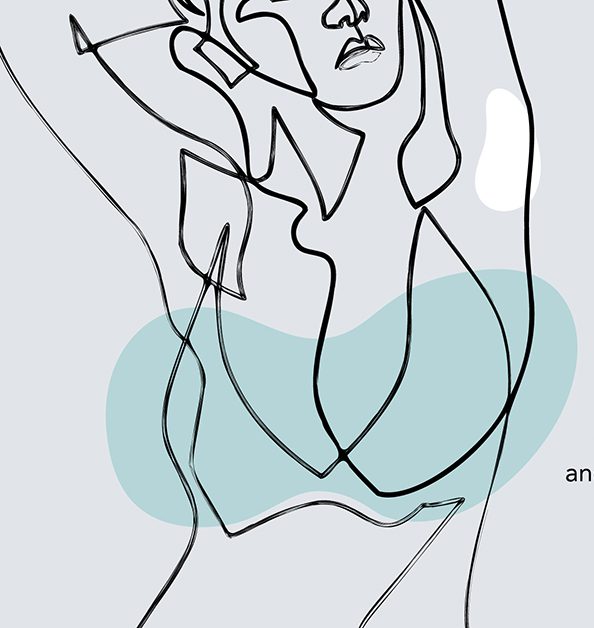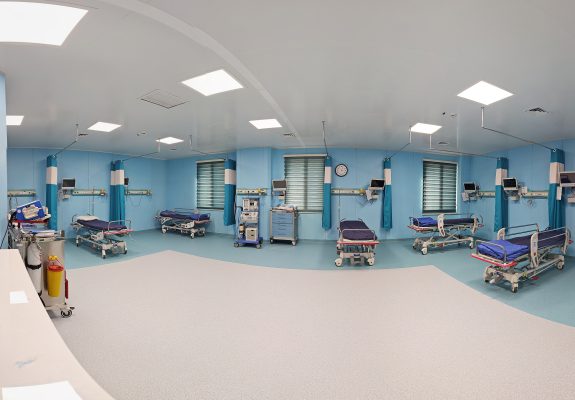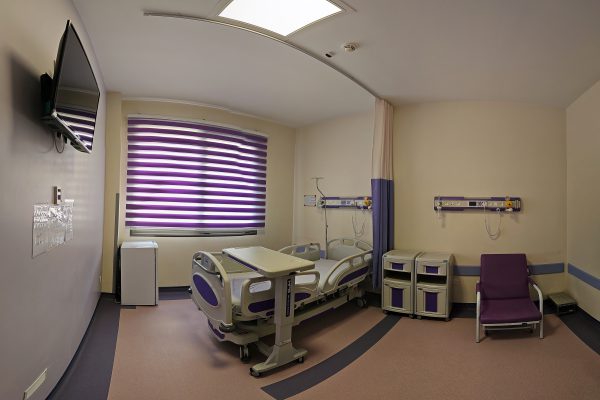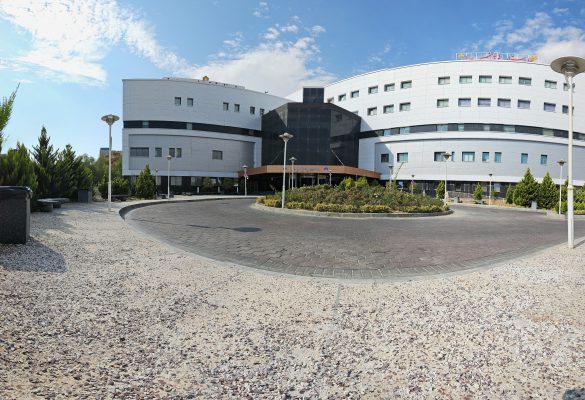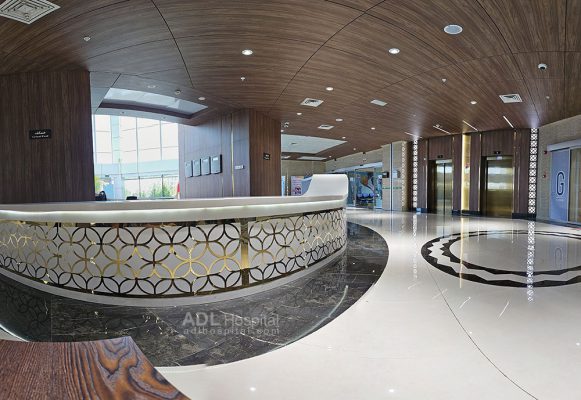Reduction mammoplasty in Iran
Reduction mammoplasty in Iran, also known as breast reduction surgery, is a medical procedure that reduces the size of the breasts. This surgery is often performed for women who experience physical discomfort or emotional distress due to overly large breasts (a condition known as macromastia). The procedure can alleviate many of the symptoms associated with large breasts such as back, neck, and shoulder pain, skin irritation, and difficulties with exercise and clothing.
Procedure
Reduction mammoplasty in Iran is usually performed under general anesthesia. The surgeon makes incisions on the breasts and removes excess breast tissue, fat, and skin to achieve a breast size in proportion with the patient’s body. The areola and nipple might also be repositioned during this procedure. The specific techniques can vary depending on factors such as the individual’s anatomy, the extent of reduction, and surgeon’s preference.
If you want to operate in Tehran Adl Hospital, click the button below and follow the steps
The most common surgical techniques include:
– Inferior Pedicle Technique (or Wise Pattern):
The surgeon makes an anchor-shaped incision that circles the areola, extends downward, and follows the natural curve of the crease beneath the breast. This allows for a significant degree of reduction and reshaping.
– Vertical Scar Technique (or Lollipop):
The surgeon makes an incision around the areola and vertically down to the breast crease. This technique, often used for moderate reductions, results in less scarring than the Inferior Pedicle Technique.
– Liposuction-Only Breast Reduction:
In certain cases where excess fat is the main contributor to breast size, liposuction alone may be used for breast reduction.

Recovery
Post-surgical recovery varies from person to person. Patients may experience soreness, swelling, and some discomfort for a few days following the procedure. Surgeons typically recommend wearing a surgical bra or a support bandage. Most people can return to work within one to two weeks after the surgery, but strenuous activities, including exercise, should be avoided for about a month.
Risks and Complications
As with any surgical procedure, breast reduction surgery carries potential risks, including:
– Scarring
– Infection
– Changes in nipple or breast sensation
– Difficulty or inability to breastfeed
– Irregularities or asymmetry in the shape and size of the breasts
Benefits
The benefits of breast reduction surgery can be both physical and emotional. Many women report significant relief from physical discomfort and improvement in their ability to engage in physical activities. The surgery often leads to increased self-confidence and body image satisfaction.
It’s important to have a discussion with a certified plastic surgeon to understand the potential risks and benefits and to set realistic expectations for the outcome of the surgery.
Cost of reduction mammoplasty in Iran
Usually, the cost of reduction mammoplasty in Iran depends on the following factors
Surgeon’s salary
Usually, the salary of surgeons is different
The cost of a hospital or surgery clinic
If it is done in a hospital, it costs more
Health status of the applicant
If you have a disease or health problem, you may need special care such as ICU, etc., which increases the price of surgery.
History of previous surgeries
If you have had breast surgery before, the cost of reduction mammoplasty surgery in Iran will increase
Reconstructive surgeries require more precision and time in breast surgery due to the adhesion of breast tissue
On average, the cost of reduction mammoplasty surgery in Iran is between 1500 Euros and 2500 Euros
The cost of mammoplasty surgery in Adl Hospital is 1700 euros
It includes the surgeon’s fee and the cost of Adl Hospital
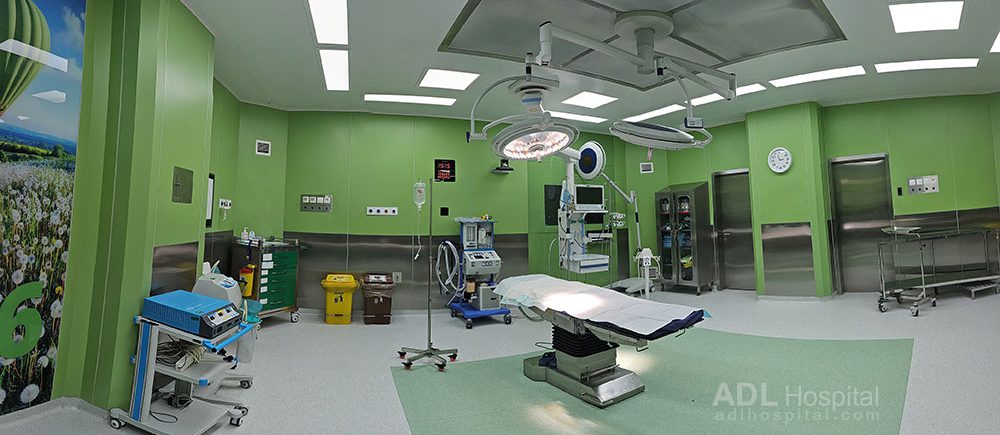
How long does it typically take to recover from breast reduction surgery in Iran?
The recovery time after breast reduction surgery can vary based on the individual and the specifics of the surgery, but here is a general timeline:
– Immediately After reduction mammoplasty in Iran:
Patients usually spend a few hours in a recovery room under medical supervision. Once stable, they can typically go home the same day, provided they have someone to drive them and stay with them for at least the first night.
– First Week After Surgery:
Patients usually experience soreness, swelling, and bruising. A surgical bra or a bandage may need to be worn to provide support and reduce swelling. Pain can be managed with medications prescribed by the surgeon. Most patients are advised to take it easy and avoid strenuous activities.
– Two Weeks After Surgery:
By the end of the second week, many patients are able to return to work or school, provided their job or activities don’t involve heavy lifting or vigorous exercise.
– Four to Six Weeks After reduction mammoplasty in Iran:
Swelling should significantly decrease by this time, and patients are often able to return to most normal activities, including exercise. However, it’s important to follow the surgeon’s specific advice on activity levels.
– Several Months to a Year After Surgery:
Scars will start to fade, but the process can take up to a year or more. The breasts will also settle into their new shape during this time.
During the recovery period, patients will have follow-up appointments with their surgeon to monitor healing. It’s crucial to follow all post-operative instructions and to contact the health care provider if any concerns or complications arise.
Remember, everyone heals at their own pace and timelines can vary. It’s important to have a detailed discussion with the surgeon to understand what to expect during recovery.
What to Expect from Breast Reduction Surgery in Iran
Here’s a general overview of what you can expect before, during, and after breast reduction surgery. Remember, individual experiences can vary, and it’s crucial to have detailed discussions with your healthcare provider and surgeon to understand the specific details of your case.
Before Surgery
– Consultation: During the initial consultation, the surgeon will conduct a physical examination, take a detailed medical history, discuss your aesthetic goals, and explain the procedure, risks, and benefits. They may also take photographs for your medical record.
– Preparation: Prior to surgery, you might be asked to get a mammogram, lose weight if you’re overweight, and stop certain medications, including aspirin and other anti-inflammatory drugs, which can increase bleeding. If you smoke, you’ll be asked to stop, as smoking can interfere with your ability to heal.
During Surgery
– Anesthesia: Breast reduction surgery is typically performed under general anesthesia, so you’ll be unconscious during the procedure.
– Procedure: The surgeon will make incisions on your breasts, remove excess breast tissue, fat and skin, and reshape the remaining tissue. The nipples and areolas may also be repositioned or resized. The specific technique used will depend on your personal circumstances and the surgeon’s preference.
– Duration: The surgery typically takes between two to five hours.
After Surgery
– Immediate Recovery: After the surgery, you’ll be taken to a recovery room for close monitoring. Once you’re stable, you can go home. You’ll need someone to drive you home and ideally, stay with you at least for the first night.
– Home Care: You’ll likely have bandages and drain tubes, which will be removed after a few days. You’ll be instructed on how to care for your breasts post-surgery, which medications to apply or take orally, and when to follow-up with your surgeon.
– Recovery Time: You can expect some pain, swelling and bruising for a few days. Most people return to work and normal activities within two weeks, but strenuous physical activity should be avoided for at least a month.
– Long-term Expectations: Scars will fade over time, but they won’t disappear completely. The final results of your breast reduction surgery will be apparent after the swelling has subsided and breast tissues have settled, which could take several months. Your new breast size should help relieve you from the discomfort and physical limitations experienced prior to surgery.
Remember, it’s important to follow your surgeon’s instructions to ensure the success of your surgery and minimize the risk of complications. Always reach out to your healthcare provider if you have any concerns during your recovery.
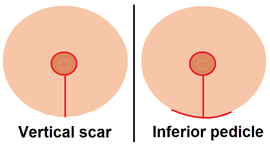
Types of incisions in reduction mammoplasty in Iran
Breast reduction surgery, or reduction mammoplasty in Iran, involves several techniques that differ mainly in the type, pattern, and location of the incisions. The choice of technique depends on the patient’s anatomy, the size and shape of the breasts, the amount of reduction desired, and the surgeon’s preference. Here are the most common types of incisions used in breast reduction surgery:
1. Inferior Pedicle Technique (Anchor Incision)
The Inferior Pedicle Technique, also known as the anchor incision, is one of the most common techniques. It involves three incisions:
– One around the edge of the areola
– Another that runs vertically from the bottom edge of the areola to the crease beneath the breast
– A third along the natural curve of the breast crease
The resulting scar resembles the shape of an anchor or an inverted ‘T’. This technique is often preferred for large reductions and allows for significant reshaping.
2. Vertical Scar Technique (Lollipop Incision)
The Vertical Scar Technique, also known as the lollipop incision, involves two incisions:
– One around the edge of the areola
– Another that runs vertically from the bottom edge of the areola to the crease beneath the breast
This technique leaves a scar that looks like a lollipop. It is typically used for moderate breast reductions and results in less scarring than the Inferior Pedicle Technique.
3. Circumareolar Technique (Donut Incision)
The Circumareolar Technique, also known as the donut incision, involves a single incision made around the edge of the areola. This technique is typically used for smaller reductions and when minimal tissue needs to be removed. It leaves a scar that follows the edge of the areola.
4. Liposuction-Only Breast Reduction
In cases where the size of the breasts is primarily due to excess fatty tissue, liposuction alone can be used for breast reduction. This procedure involves small incisions through which a cannula (a thin tube) is inserted to suck out the fat. The scars from liposuction are typically small and less noticeable.
Each of these techniques has its advantages and drawbacks, and the best choice varies depending on the individual patient’s needs and goals. It’s crucial for patients to discuss the options with their surgeon to understand the potential outcomes and the location and extent of the expected scarring.
Recovery process for each type of incision?
Sure, I’ll provide a general overview of the recovery process for each type of incision used in breast reduction mammoplasty in Iran. However, please remember that individual recovery times and experiences can vary significantly based on a number of factors, including the specific surgical technique, individual healing rates, the extent of the reduction, and the patient’s overall health.
1. Inferior Pedicle Technique (Anchor Incision)
The recovery from this type of incision can be more extensive due to the larger incision and the significant breast tissue removal. Patients usually experience swelling, bruising, and discomfort in the first few days. Most can return to work within 1-2 weeks, but should avoid strenuous activities for 4-6 weeks. The scars may initially be red and lumpy, but they usually fade and soften over a period of 12-18 months.
2. Vertical Scar Technique (Lollipop Incision)
The recovery process is usually similar to the Inferior Pedicle Technique. There might be less scarring and potentially a quicker recovery because of the smaller incision. It’s still recommended that patients take 1-2 weeks off work and avoid strenuous activities for about 4-6 weeks. The scars around the areola and the vertical scar will also fade over time, typically within a year.
3. Circumareolar Technique (Donut Incision)
The recovery period for this technique may be shorter since the incision is smaller and less breast tissue is typically removed. Patients often experience less post-operative discomfort and can usually return to work within a week. Vigorous physical activity should still be avoided for a few weeks. The scar around the areola may remain visible, but it often fades to some extent over time.
4. Liposuction-Only Breast Reduction
Recovery from liposuction-only breast reduction is typically quicker than the other methods because it is less invasive. Patients often experience less post-operative discomfort and swelling. Many patients can return to work within a few days to a week and resume normal activities within 2 weeks. The scars from the small incisions used for liposuction are usually minimal and fade over time.
In all cases, patients will have follow-up appointments with the surgeon to monitor the healing process. It’s important that post-operative instructions are followed closely and that any concerns are immediately reported to the healthcare provider.


